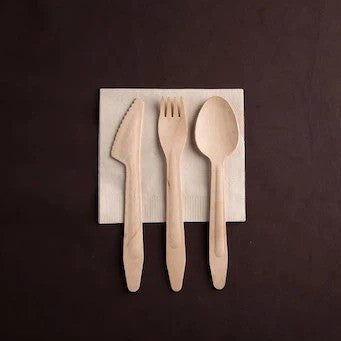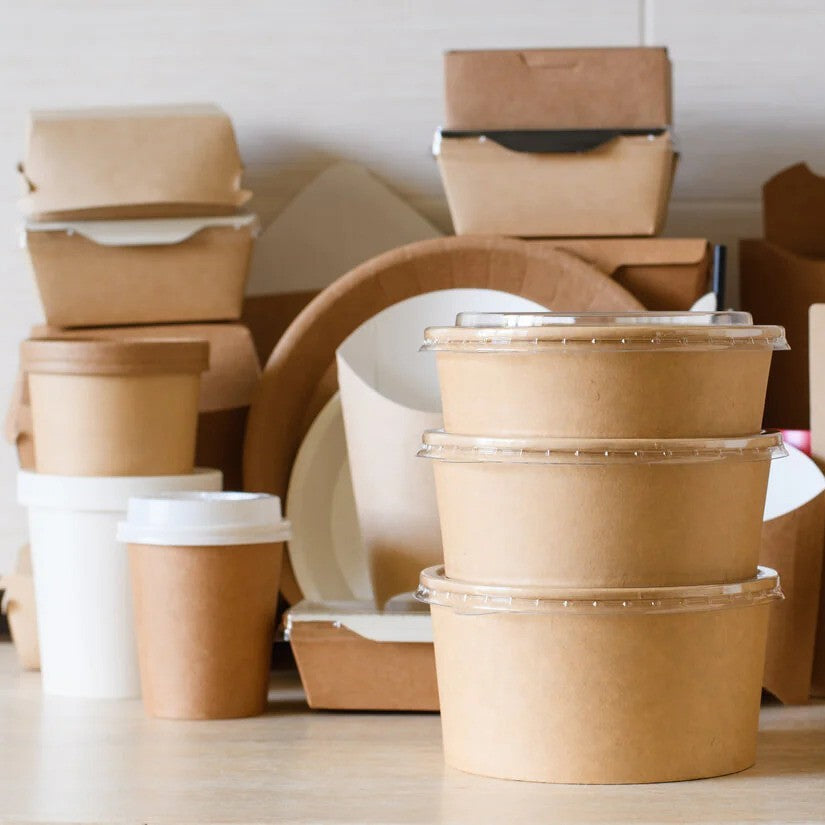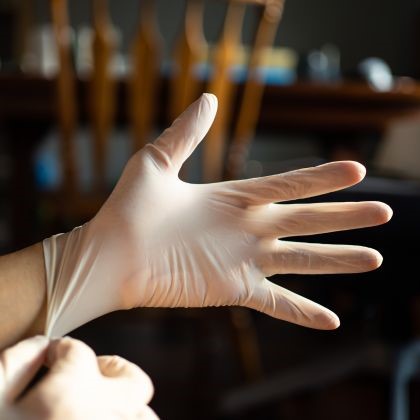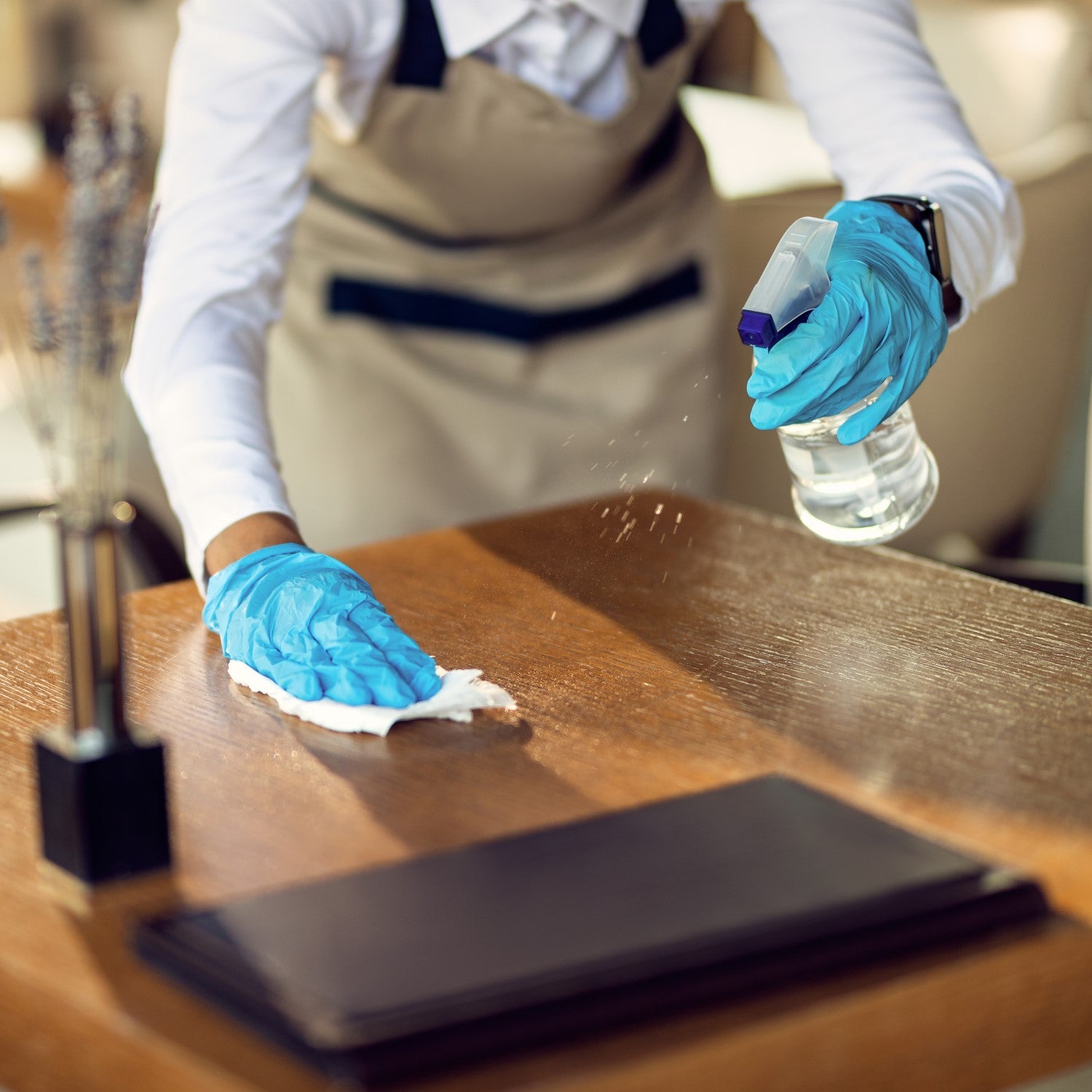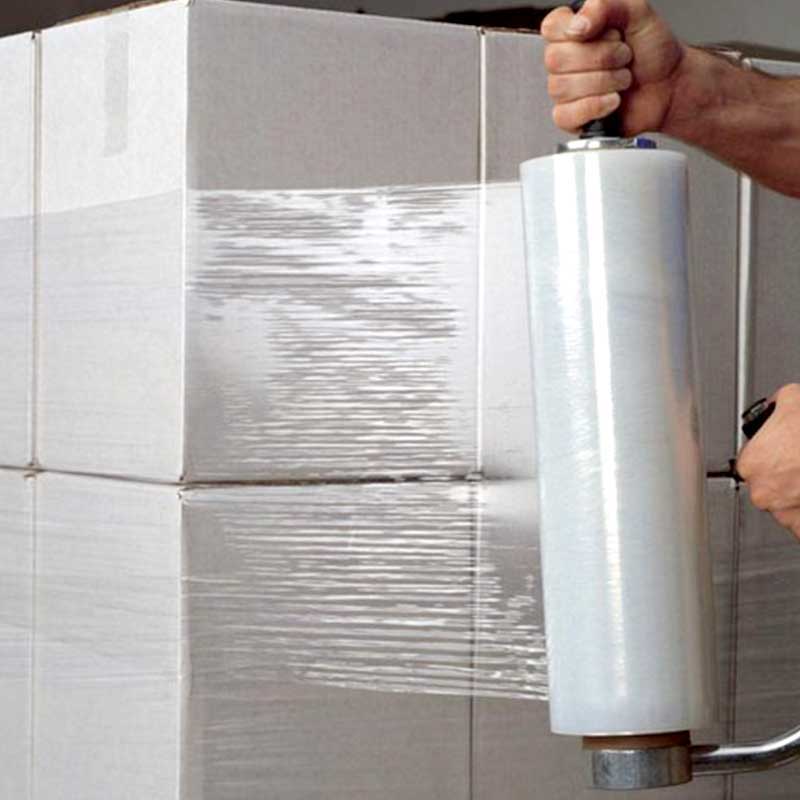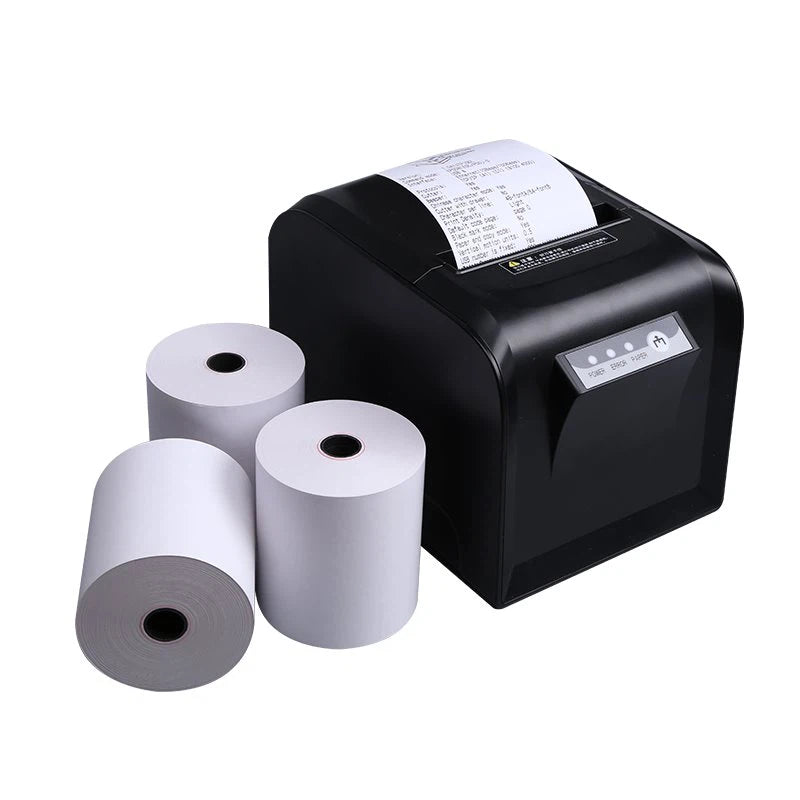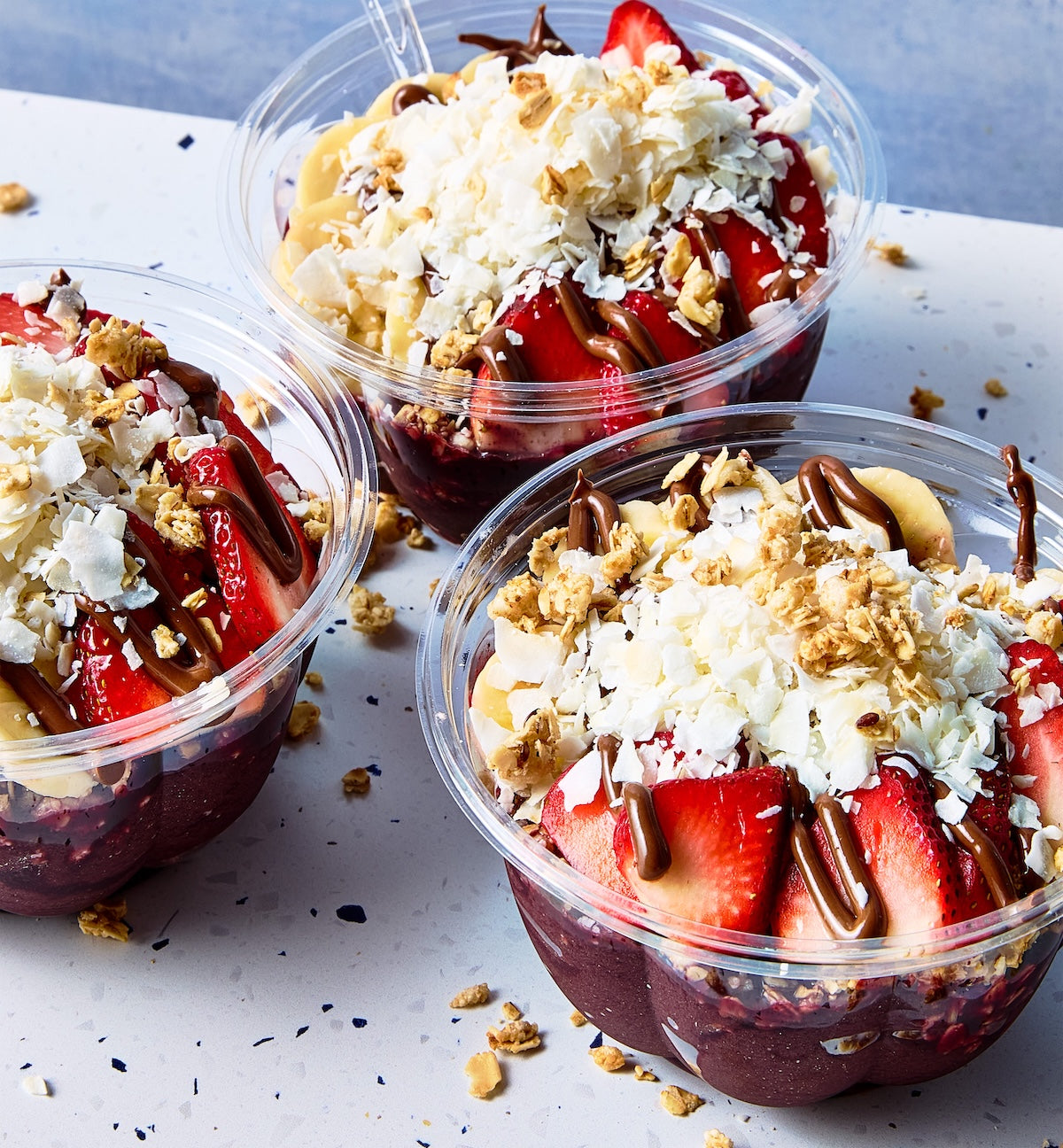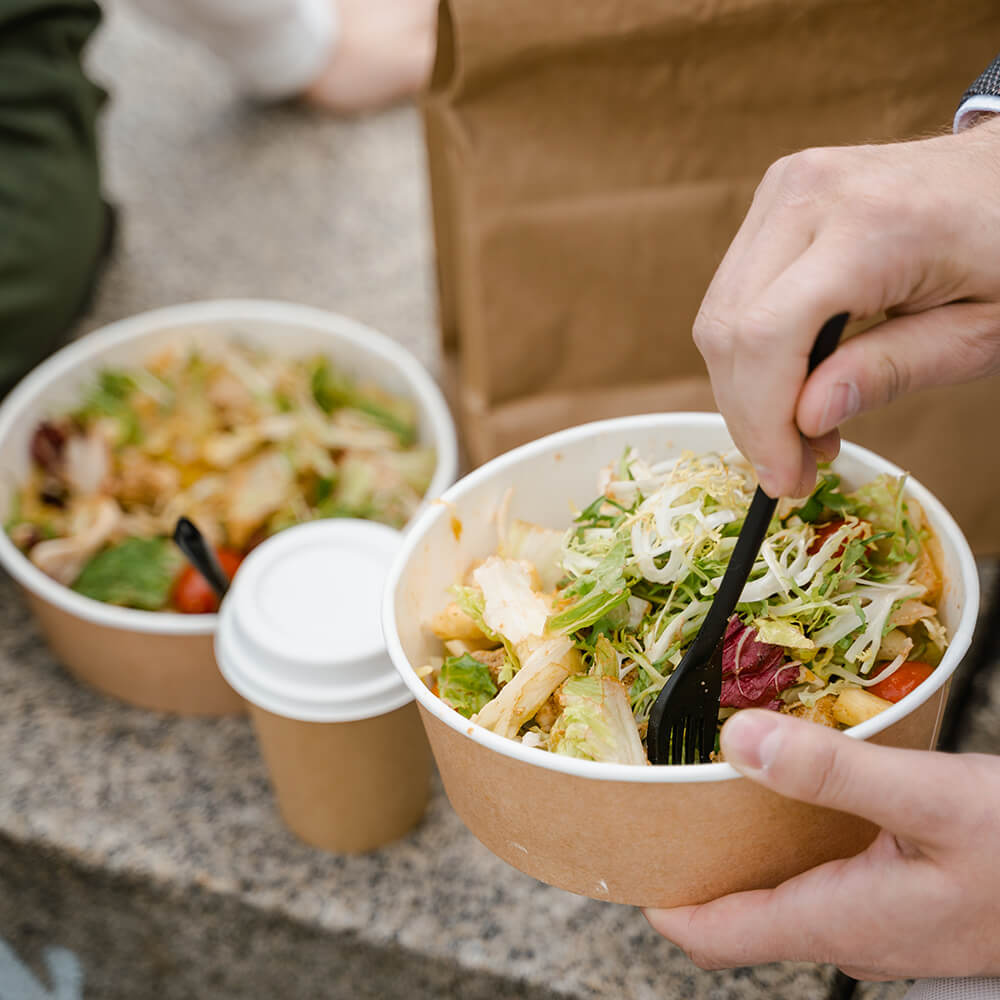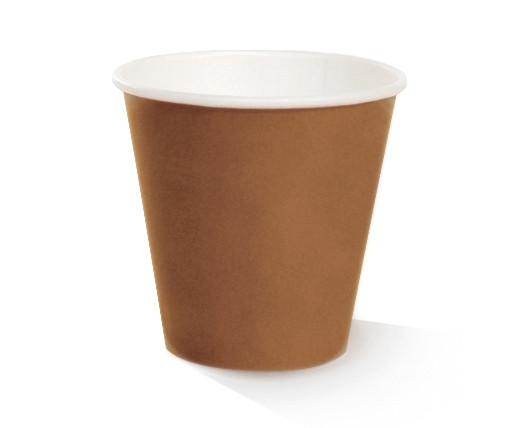
8*oz PLA Coated SW Cup 90mm/Brown 1000pc
Product Specifications
| Dimension | 90x55x85mm |
|---|---|
| Material | Paper + PLA Coated |
| Colour | Brown |
| Pcs/Bag | 50 |
| Bags/CTN | 20 |
| Pcs/CTN | 1000 |
8*oz PLA Coated SW Cup 90mm/Brown 1000pc
1000pc
Pakio
3/2 Naxos Way
Keysborough VIC 3173
澳大利亚
Introducing our 8oz PLA Coated Single Wall Compostable Coffee Cup with a stylish brown print design and a 90mm diameter. Crafted from eco-friendly, plant-based PLA material, this biodegradable cup meets the standards for industrial compostability under the Australian Standard AS4736. This certification ensures that the product can be effectively composted in industrial composting facilities, making it an ideal choice for sustainable coffee packaging.
Upgrade your coffee service with these compostable coffee cups today!
Comprehensive FAQ on PLA-Coated Food Containers
PLA, or Polylactic Acid, is a plant-based bioplastic made from renewable resources like corn starch or sugarcane. It is used in various sustainable food packaging applications due to its environmentally friendly properties compared to traditional plastics derived from petroleum.
Yes, PLA is food safe and is FDA approved for food contact. It is made from plant sugars and is non-toxic, making it suitable for packaging food items, including compostable coffee cups.
Yes, PLA-coated disposable coffee cups are treated to withstand the temperature of hot drinks, making them suitable for beverages like coffee. They are a great option for those seeking sustainable coffee packaging.
PLA products are not recommended for microwave use as they can warp or leak. They can also become brittle when frozen, so it's best to avoid storing biodegradable coffee cups in the freezer.
PLA-coated products can be recycled, but they require specific recycling programs. They should not be mixed with traditional plastics to avoid contamination. If possible, opt for compostable options.
The best disposal method for plant-based coffee cups made with PLA is through industrial composting facilities, where they can decompose fully within approximately 90 days.
The production of PLA-coated materials is more complex and slower than conventional plastics, contributing to higher costs. However, choosing sustainable coffee packaging helps reduce reliance on fossil fuels.
Yes, using compostable PLA products can reduce carbon emissions and reliance on fossil fuels, as they are derived from renewable resources. Proper disposal and recycling are crucial to maximizing their environmental benefits.

